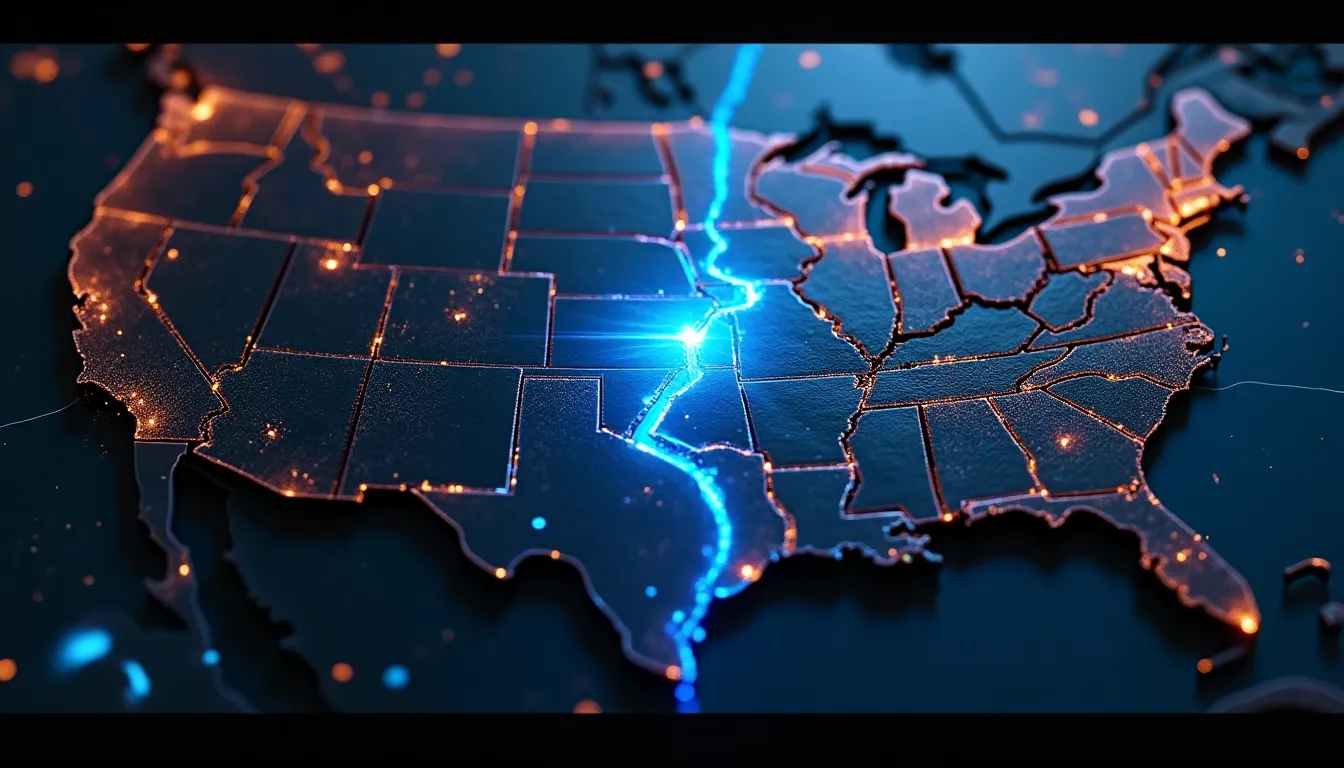As the world hurtles towards an AI-driven future, the US is facing a critical challenge that could undermine its leadership in this field: a severe electricity shortfall. This move reflects broader industry trends, where the increasing demand for AI computing power is outpacing the available energy supply. The US currently leads the world in AI development, but this advantage is threatened by the growing electricity gap.
To put this into perspective, the first $1 trillion invested in AI infrastructure could create over 5 percent in additional GDP growth over a three-year period, according to an internal OpenAI analysis. However, this growth is contingent upon the availability of sufficient electricity to power the AI infrastructure. The US added only 51 gigawatts of new power capacity in 2024, while China added 429 gigawatts, creating an “electron gap” that puts US leadership at risk.
OpenAI has submitted a new report to the White House Office of Science and Technology Policy, detailing the urgent need for increased energy production to support AI growth. The report highlights the importance of modernizing regulations to unlock more energy, equipping American workers for tomorrow’s jobs, and ensuring frontier AI systems protect American national security.
The company is committed to doing its part, with plans to add nearly 7 GW of new compute capacity and over $400 billion in investment over the next three years. However, this is just a drop in the bucket compared to the estimated 100 gigawatts of new energy capacity needed annually to maintain US leadership.
The stakes are high, with the US facing significant implications for its economy and national security if it fails to address the electricity shortfall. As OpenAI notes, “electrons are the new oil,” and the US must work with the private sector to build new energy capacity and maintain its lead in the AI race.
Source: Official Link
